Ready to become a real Mantuan? Well, here is an explosion of suggestions to fully engage and embrace the city like a true local.
From the unmissable stops for first-timers to the recommendations that will make your stay more comfortable and dynamic.
Here are our tips on what to see and do in Mantua like a local.

What to do in Mantova like a local
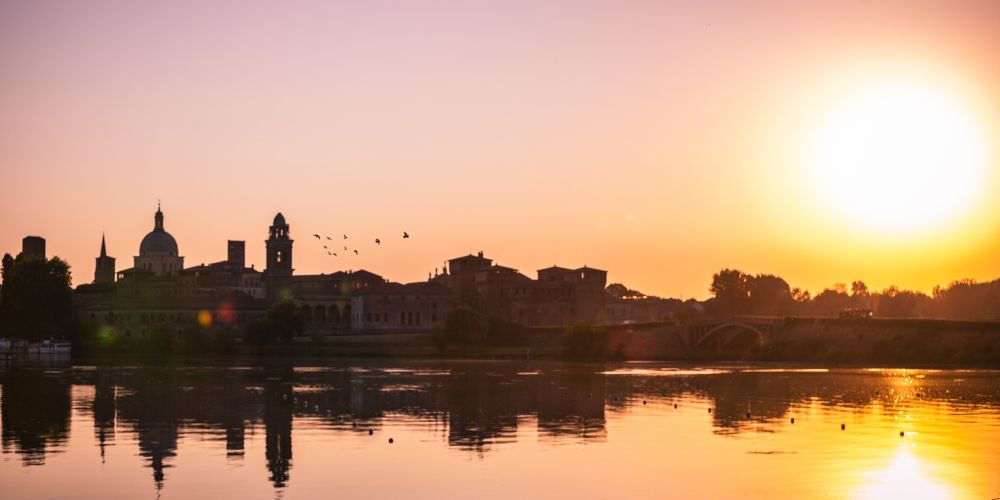
Discover Mantua in 10 unique experiences.
Pause the usual playlist and opt for an overwhelming Verdi's melodrama.
Say 'wow' in front of an astonishing panorama: whether it is that of the city from the Mincio or the local gastronomic offerings, it is up to you.
Treat yourself to a regal picnic on the lakefront, but first pop into a newsstand with a retro touch and imagine to buy your favourite newspaper like the protagonists of a black-and-white film.
Step into a library with a magic allure (you'll find out what we mean in step 3) and experience the splendour of the past in an orderly and lively old town.
Enjoy our tips and see what you can do to live Mantua like a local.
10. What to do in Mantova like a local: visiting Palazzo Te

Let’s start talking about Mantova by recommending a visit to Palazzo Te, the villa of leisure and entertainment, made at the request of Federico II Gonzaga in the first half of 1500, by Giulio Romano.
The idea is to transform a stable of horses of the Gonzaga family in a villa of fun to use to welcome international guests and organize pompous parties.
Today Palazzo Te is one of the most beautiful and important villas of Italy. It offers a rare concentration of art and history.
Among the many rooms that can be visited we point out the Camera di Amore e Psiche, dedicated to the myth taken from "Metamorphosis" of Apuleius and the Camera dei Giganti, a room that portrays the Fall of the Giants of Ovid that will leave you speechless. In short, visit absolutely recommended.
More info about Palazzo Te9. Sailing the Mincio
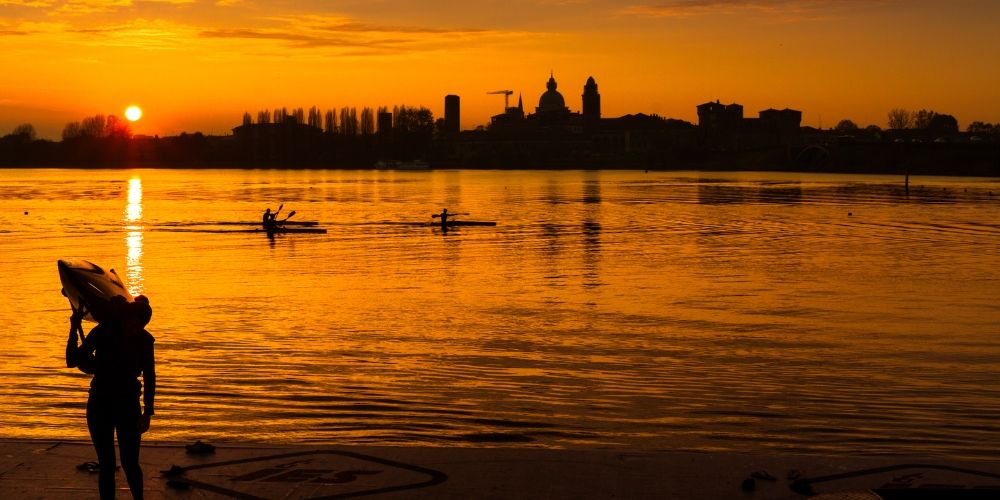
For those who have more time or for those prefer an outdoor activity we recommend to dedicate a few hours to the navigation of the Mincio.
In Mantova we find the Mincio Regional Park, a very large protected area that includes in addition to the Mincio River, the Po and the Mantova Lakes.
A special experience to try is that of the lift on the water, the navigation basins that fill the difference in height between Mincio and Po connecting them.
Navigating the Mincio you can admire the city of Mantova, enjoying the suggestive view from a particular perspective.
8. Tasting the Mantuan cuisine
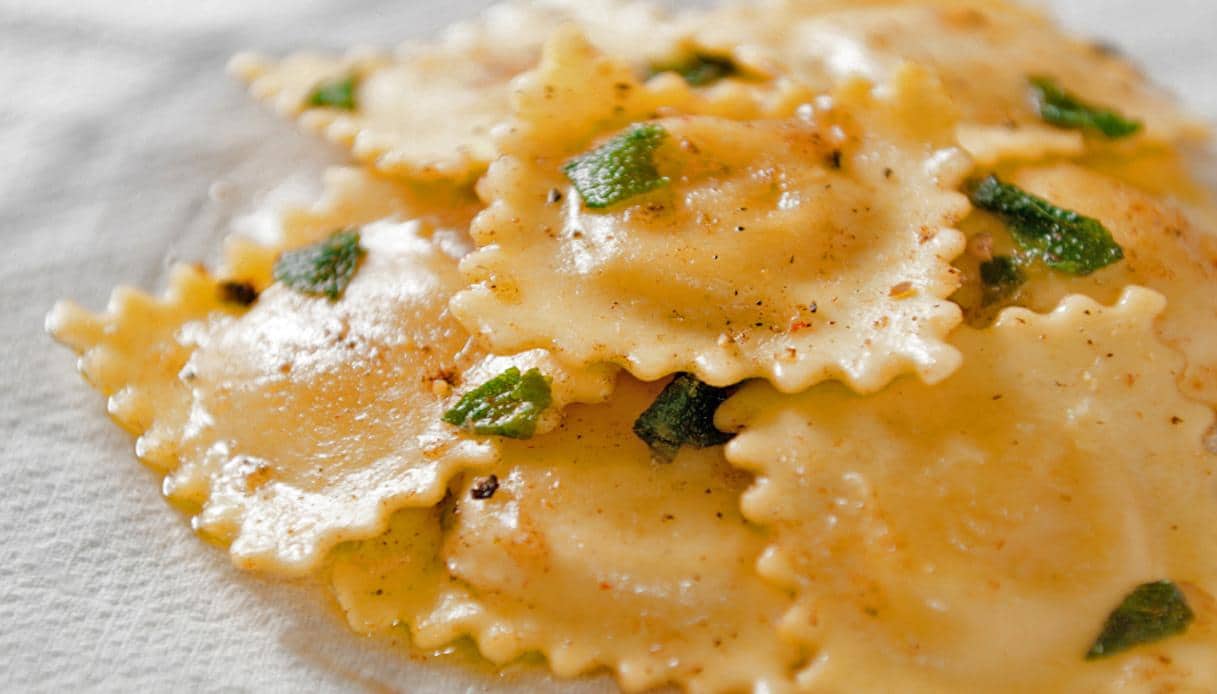
You simply can't visit Mantua without trying its cuisine. Together with Brescia, Cremona and Bergamo, the city was awarded European Region of Gastronomy in 2017.
There are many specialities and recipes that are sure to win you over. Don't miss the tortelli di zucca (pumpkin tortelli), the most famous typical dish that exalts and enhances the Mantuan pumpkin.
Alternatively, you could go for the agnolini mantovani, fresh pasta stuffed with meat, or the risotto alla pilota, made with Mantuan salamelle.
For your main course, we recommend trying some delicious boiled meats and stews, including the unique donkey stew, which pairs perfectly with the ever-present polenta.
And for dessert, you absolutely must try the torta sbrisolona, a simple cake with a crispy, crumbly texture that is covered in almonds. Trust us, your taste buds will thank you for it!
7. Visiting Palazzo Ducale
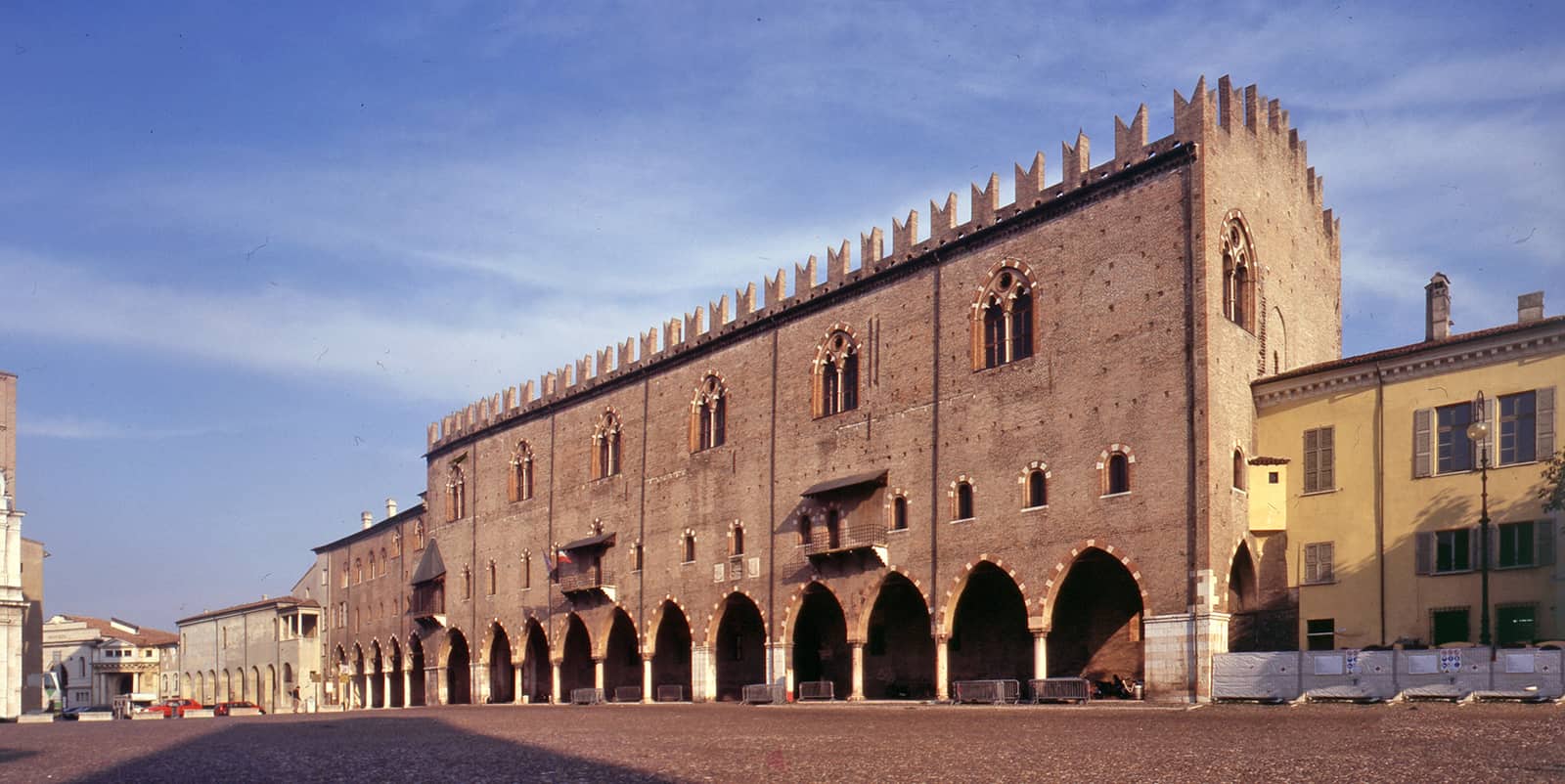
Another unmissable stop is undoubtedly the Palazzo Ducale, the historic residence of the Gonzaga, dukes of the city of Mantova.
Built by the will of Guido Bonacolsi in 1200, the Palace has always represented the center of power of the city.
Passed in the hands of the Gonzaga in 1328 was deeply modified reaching over time the current majesty. 34,000 square meters of extension, over 1000 rooms, 15 gardens between squares and courtyards to retrace the four centuries of the reign of the Gonzaga in Mantova.
The visit is structured in 3 distinct phases: the Castello di San Giorgio, with the famous Camera degli Sposi of Mantegna, the Corte Vecchia, with the Sala del Pisanello, and the Corte Nuova.
Discover Palazzo Ducale Mantua6. A walk in the old town
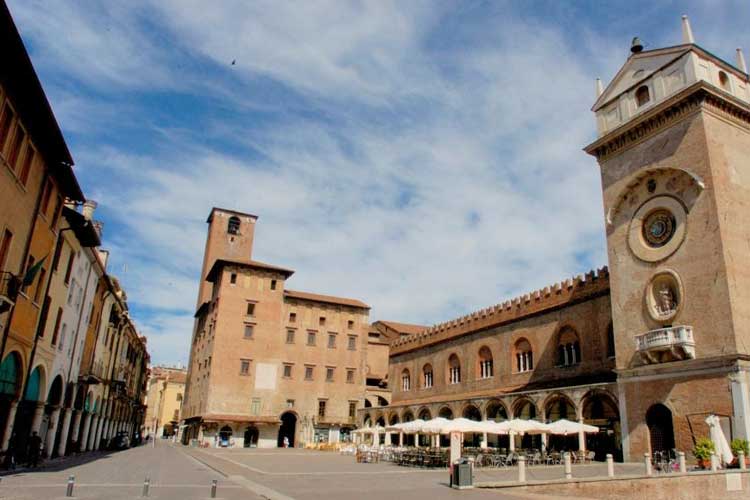
A walk through the historic center of Mantova allows you to get in touch with the secular history of this city. Many squares, monuments and churches enclosed in the oldest streets of Mantova.
The main squares are Piazza Sordello and Piazza delle Erbe. Piazza Sordello, the largest, is dedicated to the Mantuan poet of 300 Sordello da Goito. This square overlooks the oldest part of the Palazzo Ducale and stands the Torre della Gabbia a fourteenth-century tower, from which, once the restoration work is completed, you can have a glimpse of the city from above.
Piazza delle Erbe, once dedicated to the market, is now located under its arcades of numerous shops, restaurants and bars. In this square we also find the Torre dell'orologio, the Palazzo della Ragione and the Casa del Mercante.
Other obligatory stops of the walk are, without doubt, the Duomo of Mantova, church of the XI Century crucible of many different styles, and the Basilica of Sant'Andrea, Renaissance work of Leon Battista Alberti.
5. Meeting Rigoletto
Rigoletto, Giuseppe Verdi's famous 1851 masterpiece, is set in Mantua. The place where the spirit of the opera most echoes is the Ducal Palace, which serves as the backdrop for the troubled vicissitudes of the protagonist, a jester at the Mantuan lords' court.
A 15th-century palazzina that served as a model for Rigoletto's house is situated close to Piazza Sordello. Since 1978, a bronze statue depicting the original character has been standing in the small inner garden, serving as a reminder of the opera's roots.
For those interested in exploring further, the San Leonardo district is where the libretto frames part of the story. Nearby, you'll find another symbolic corner of the itinerary in music through the streets of Mantua.
It's a small 15th-century fortress that inspired the location of Sparafucile's inn. Although it cannot be visited inside, it is worth stopping for a few moments and admiring it from the outside to soak up a special, 'musical' atmosphere.
4. Discovering an original Art Nouveau kiosk
The small newsstand in Piazza Canossa, just a few steps from Piazza delle Erbe, is a real gem. The 19th-century Art Nouveau kiosk was restored in 2010 and returned to the citizens, even though not in its original function, which certainly retains a certain romanticism.
Not only the aesthetics but also the cultural aspect that this place symbolises tells of a special bond that endures with the past, with a time that seems so far away. It's astonishing how such a simple gesture - that of buying some newspapers - takes on a unique charm.
Initially, this precious little newsstand, dating back to 1882, was located elsewhere, in the nearby Piazza Sant'Andrea. It was only in 1925 that the city council made arrangements to move it to its current location.
You won’t find quotidiani or rotocalchi anymore, but If you happen to be around, remember to have a look at this unique piece of history.
3. In a library worthy of Hogwarts
This hidden place in the centre of Mantua could easily pass for the set of one of the Harry Potter films.
Maria Theresa of Austria commissioned the Teresian Library in 1779. The environment was built in a wing of the Palazzo degli Studi the following year.
The bibliographic and documentary holdings preserved here are extensive and include the world's most important collection of Jewish Kabbalistic texts.
Its two large rooms are furnished with imposing wooden shelves full of ancient books, valuable artistic, scientific and religious collections, and rare and precious volumes.
No, you won't find De potentissimis Potionibus among them, but Hermione Granger would appreciate the atmosphere and the rich history enclosed within these walls anyway.
2. Having a lakeside picnic
It's time for a break. Take advantage of a walk along the lakefront to relax and, why not, have a snack in the open air with a generous portion of torta delle rose, the typical Mantuan dessert featuring an unmistakable floral shape.
Children will have fun with the activities offered by the open-air museum Parco della Scienza, with many interactive installations stretching from Porta Mulina to Porta San Giorgio.
The city seen from the water is a real spectacle. So why not treat yourself to a motorboat trip! There are various itinerary options between the lakes and the Po River.
Excursions in the Mincio Valleys Nature Reserve can also be made on board Enigma, the first solar-powered boat.
1. Walking or cycling
Those arriving in Mantua by car will soon face the predictable problem: where to park. It should be noted that most car parks are metered.
A good option is to leave your vehicle near the Lungolago, in the vicinity of Piazza Sordello, and access the historic centre through the pedestrian entrances along the walls.
The city is very easy to get around on foot or by bicycle and reaching the main attractions is not at all complicated. In addition, public transport is well organised to make travelling easy.
The bike-sharing service is also practical and functional. All you have to do is download the app and register to find the nearest bike and pay for it.
About the author
Written on 04/01/2024



Andrea Biffara
What should you do in Mantua like a local? We'll tell you everything! Here are 10 travel tips you absolutely must read before your journey.